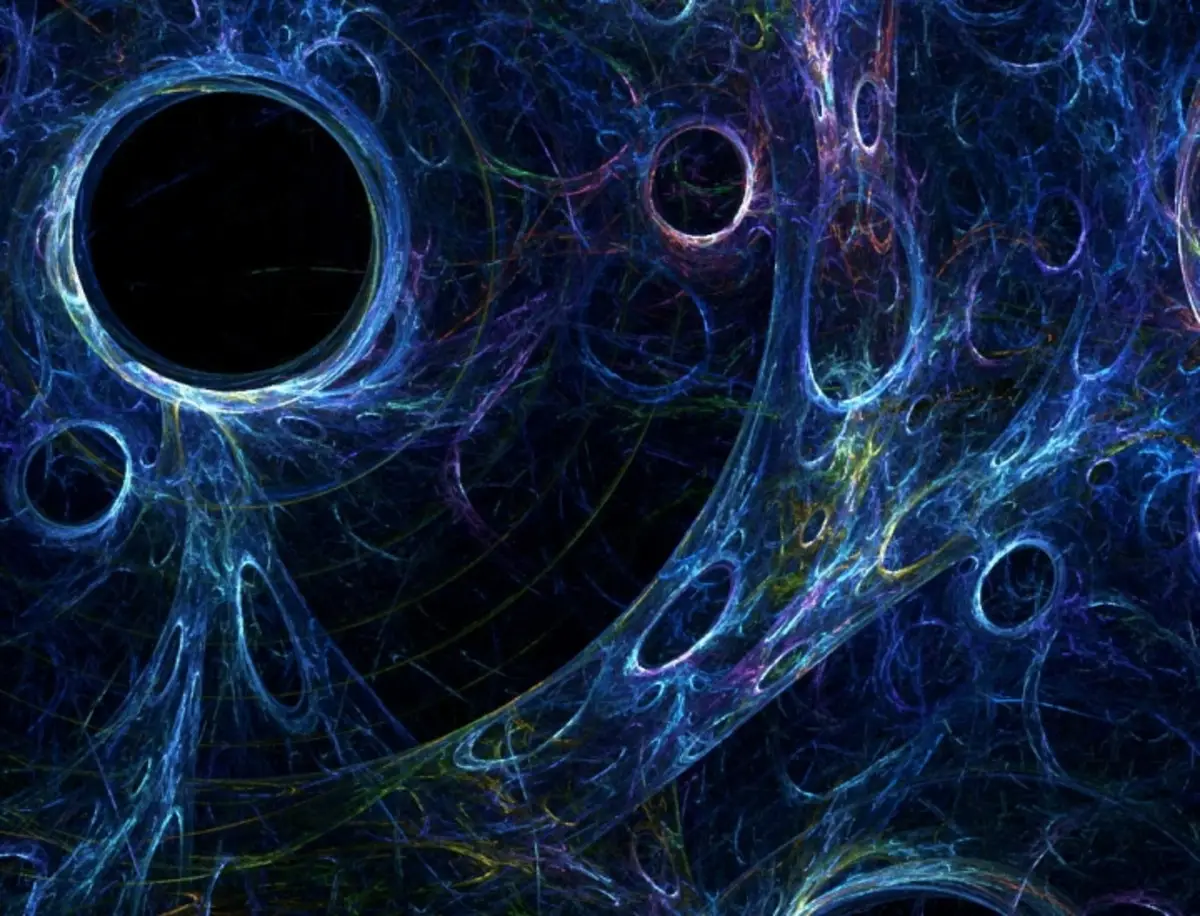Imagine this: you have the entire universe, everything you see and touch, from your morning coffee to the stars you gaze at night, and all of that is just 5% of what really exists. The rest is a giant mystery, and no, it’s not just because it’s dark and we can’t see it; it’s because we literally have no idea what it is. But we know it’s there because, let’s face it, the universe isn’t as simple as it seems. This is where dark matter comes into play, a substance so elusive that even Sherlock Holmes would be scratching his head.
Cosmic Detectives and the Big Clue of the Galaxies
Let’s be clear: if it weren’t for a couple of observant astronomers, we’d still be in the Stone Age when it comes to understanding the cosmos. Decades ago, some geniuses looked at galaxies and thought, “something doesn’t add up here.” It turns out these galaxies are spinning so fast that, according to our laws of physics (the ones we learn in school), they should have disintegrated. But there they are, spinning happily as if nothing’s wrong. What’s going on?
The answer is that there must be something else, something invisible giving them that extra push to stay together. Like an invisible friend holding you up when you’re about to fall. That something is dark matter. We can’t see it, but we feel its presence by the way it affects gravity. It’s like having a ghost in your house that only makes noises, but you never see it.
The Invisible Halo: How We Know Dark Matter Is There
Okay, imagine galaxies are like those snowballs you make in winter. Now, suppose those snowballs are wrapped in a layer of something invisible that gives them extra weight. That “layer” is dark matter, which envelops galaxies and gives them the extra gravity they need to not scatter across space like confetti. We know it’s there because when light from distant stars passes near these galaxies, it bends, it distorts. This is called “gravitational lensing.” It’s like looking at the world through a wine glass; everything looks a bit strange, right? That’s because something is bending the light.
What on Earth Is Dark Matter Made Of?
Now comes the fun part. What is it made of? Well… we have no clue. It could be exotic subatomic particles that we don’t even know exist. It could be WIMPs, which sounds like an insult but actually stands for “Weakly Interacting Massive Particles.” It could be axions, sterile neutrinos, or something that doesn’t even have a name yet. Yes, that’s how lost we are.
But don’t worry, the brains at CERN (that big physics lab in Europe) are on it. They built the Large Hadron Collider, which is basically a particle accelerator that allows them to smash things together at absurdly high speeds to see what comes out. The problem? They still haven’t found anything that explains dark matter. But who knows? With the new Future Circular Collider (FCC) project, which will be three times bigger, maybe we’ll get lucky.
The Big Debate: Is It All Worth It?
This is where things get interesting. Building the FCC isn’t going to be cheap. We’re talking $15 billion just for the first phase. And that’s a lot of money that, some say, could be used to solve more urgent problems on Earth, like, I don’t know, climate change. But on the other hand, there are those who argue that understanding the 95% of the universe we don’t know is a mission worth every penny.
Professor Fabiola Gianotti, head of CERN, puts it plainly: “We’re missing something big.” And she’s right. Imagine if we found dark matter particles. That would change everything we know about the universe, opening the door to a new physics. Something like going from understanding how a bicycle works to understanding how a space rocket works.
The Future Is Dark, But Exciting
So there you have it. Dark matter is one of the great mysteries of our time. We know it’s there, we know it affects everything we see, but we don’t know what it is. It’s like having a puzzle with 95% of the pieces missing (if we consider the concept of dark energy, which we’ll tell you more about in another article). And yes, it’s frustrating. But it’s also what makes science so incredibly exciting.
With projects like the Future Circular Collider on the way, we’re in a race towards knowledge. Maybe we won’t find anything. Or maybe we’ll discover something that changes our understanding of the universe forever. Either way, the journey is worth it. Because at the end of the day, we’re not just solving a cosmic enigma; we’re exploring the greatest mystery of all: what is our universe really made of?
So, if you ever find yourself staring at the stars, remember this: there’s much more out there than meets the eye. And that, my friend, is the very essence of dark matter. We can’t see it, but it’s there, holding the universe together in ways we’re only beginning to understand.










